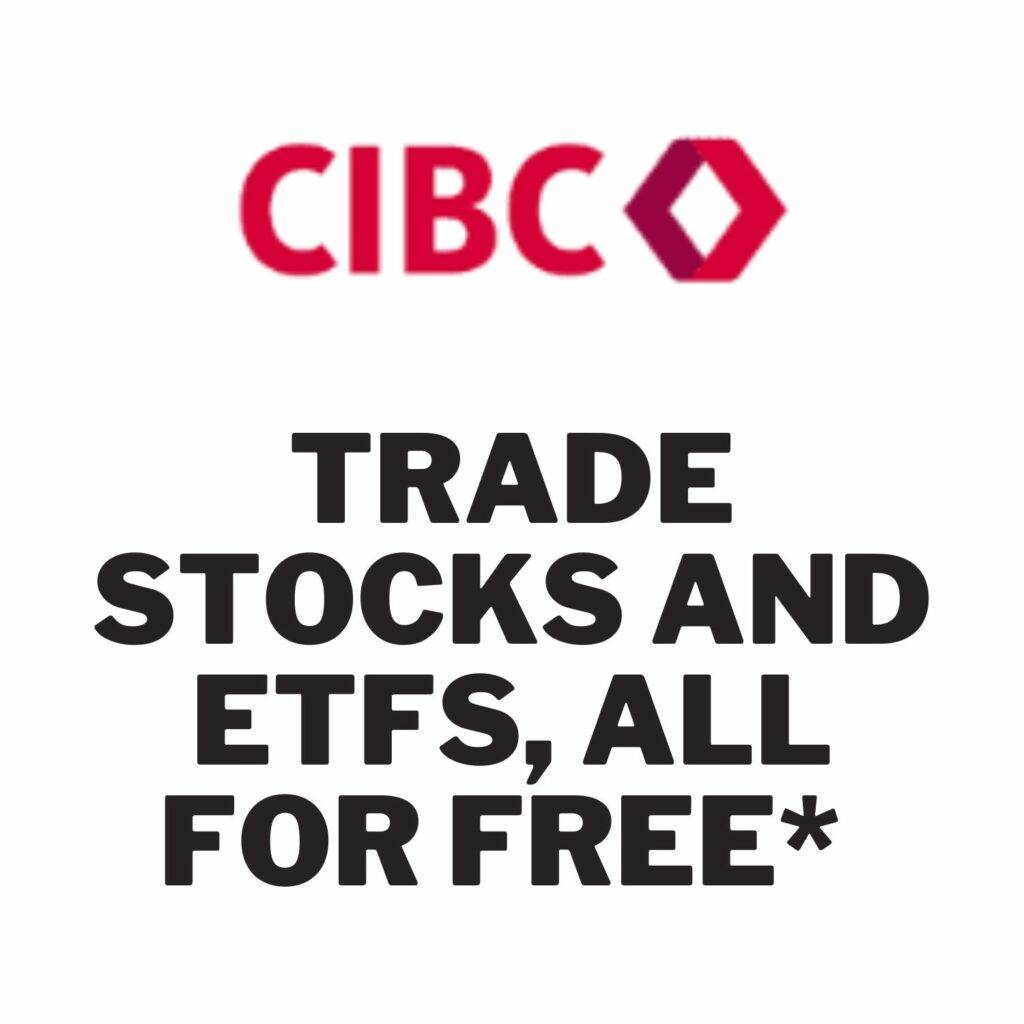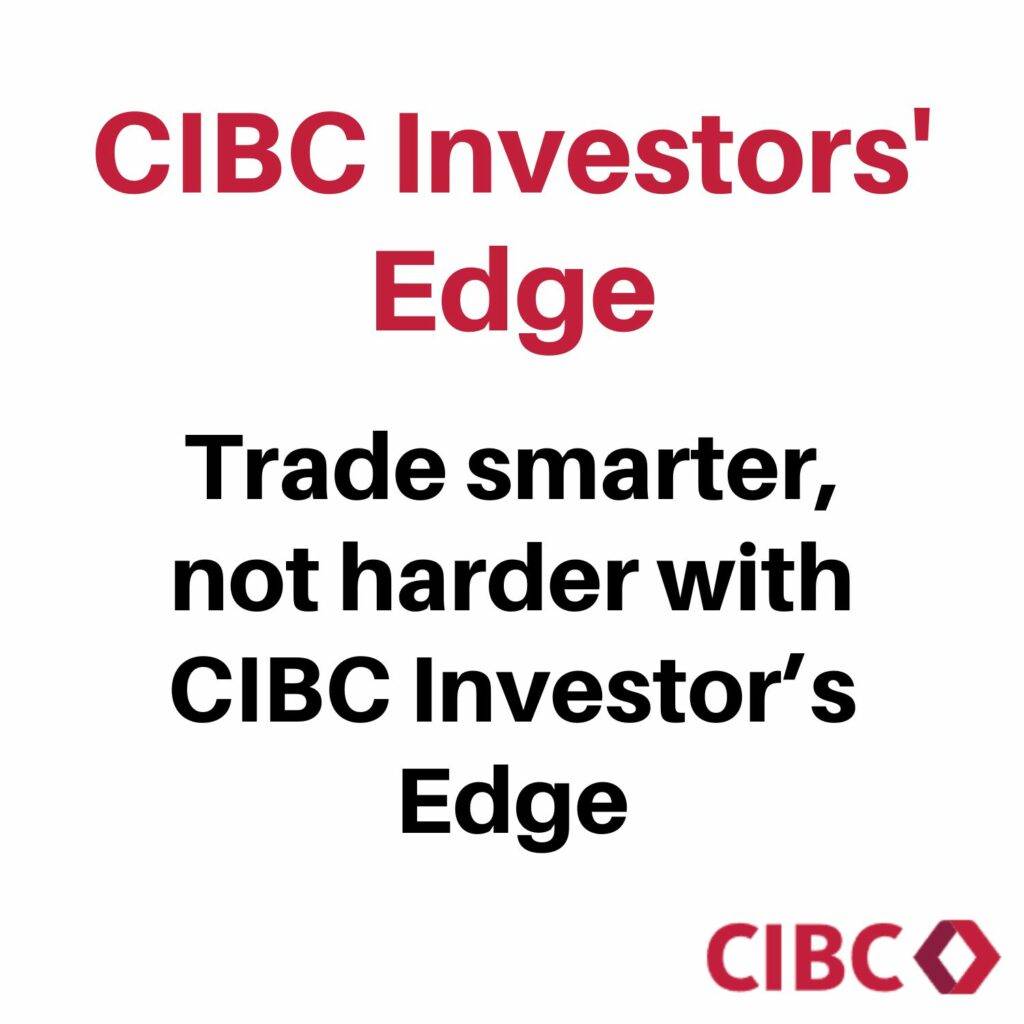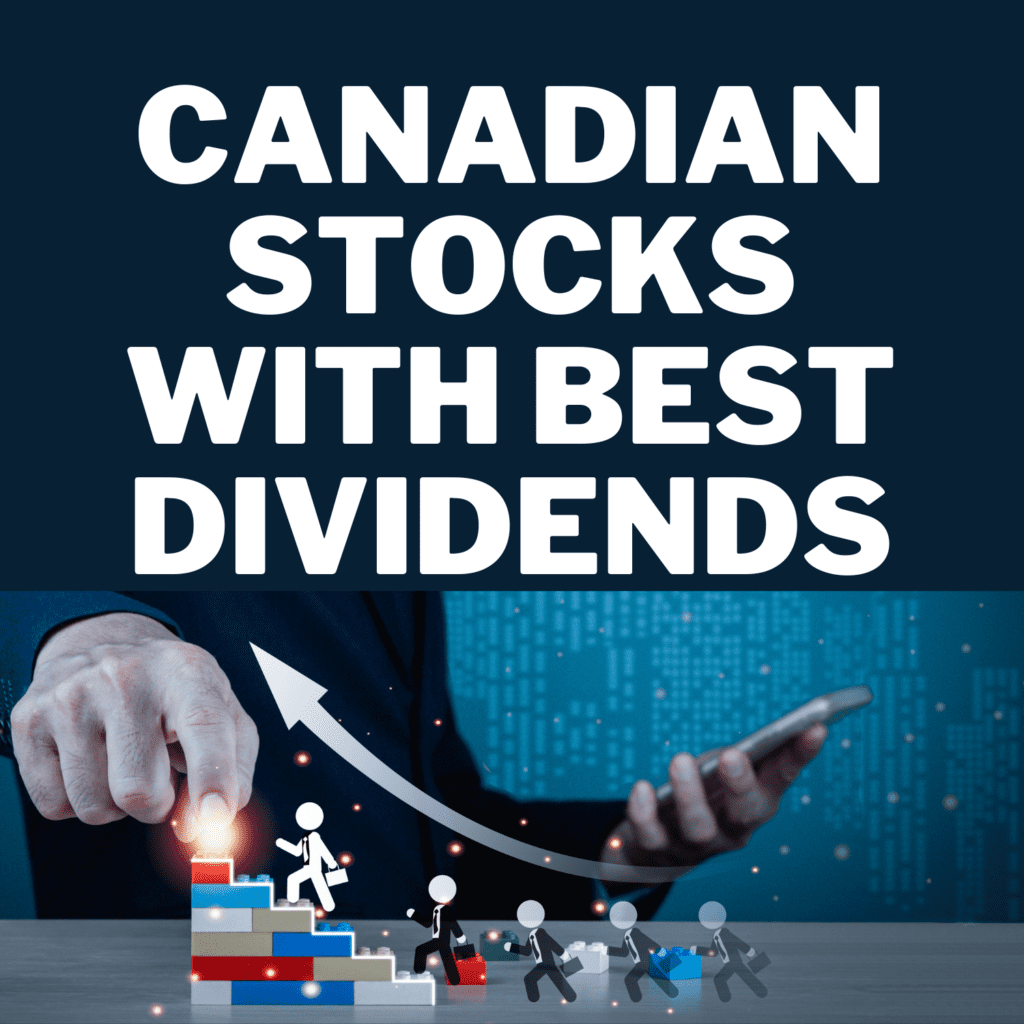Welcome to a dive into the world of Canadian dividend stocks. In this discussion, we’ll explore three notable names from the Canadian Dividend Aristocrats list—recognized for their stability and consistent dividend performance. Join us as we examine these stocks, each presenting its unique blend of reliability and returns.

How to select monthly dividend stocks?
Look at the payout ratio
The dividend payout ratio is the amount of dividend distributed by a company divided by the total earnings. For example, a company makes a profit of $ 100 and pays $ 40 in dividends. Its payout ratio is 40%.
If the ratio is high, the company pays almost all of its profits in dividends. There will be little money left in the coffers to innovate or expand to new markets;
It is preferable to invest in a company where the dividend payout ratio is low or medium. The reasoning is that these companies will have money set aside to invest in new projects and thus create growth;
Another variation of payout ratio (Trailing div / Earnings) is the payout ratio to cash (Div / Free cash flows). Earnings can be easily manipulated, so analysts use the payout ratio to cash to assess the safety of dividends better. The website ‘Marketbeat‘ provides the payout ratio to cash for Canadian stocks.
Focus on total return
When one wishes to invest in a dividend-paying stock, it is essential to pay attention to its performance and growth potential. The most common mistake is to invest in stocks with high dividend yields. This strategy is risky. Here’s why :
• A stock can pay a high dividend yield, but is it sustainable? Some companies have a payout ratio that is close to and even exceeds 100%. They manage to post desirable dividend yields, but if we look at the growth prospects, it’s almost nil;
• Investors sometimes shun companies for lack of growth potential or actual risk of lower revenues in the future. These companies experience a drop in the price of their shares, and this causes the dividend yield to become abnormally high. Sooner or later, these businesses will have to cut their dividend.
Dividend sustainability
I personally use the measures below to evaluate a company’s ability to sustain its dividends:
– Debt to Equity ratio: It’s the total debt of a company on shareholders equity. Companies with level of debt are forced to priories the payment of interest charges. This comes at the expense of creating value for shareholders, whether it’s through dividend payment or growth.
– Interest coverage ratio: It’s simply total earnings divided by interest charges. If the ratio is, for example, 4, we would say the company’s earning cover 4 times the interest charges. Business with low interest coverage ratio are at risk. Low ratio means the company’s debt is starting to take a toll on its earnings.
VFV vs XIU: Unveiling the Best ETF for Your Portfolio in 2023
VFV vs VGRO – Full review and comparison
HXT ETF Review: Horizons S&P/TSX 60™ Index ETF
Canadian Stocks with Best Dividends
Fortis:
Strengths:
Regulated Revenue Stream: Fortis derives approximately 99% of its revenue from regulated assets, providing a predictable and stable cash flow. This regulatory framework ensures a steady income stream, making it a reliable investment.
Utility Operations Expansion: Fortis has strategic plans for expanding its utilities operations through acquisitions and capital projects. This growth strategy aims to enhance the company’s overall performance and contribute to an annual increase in dividend yields by at least 6% through 2025.
Long-Standing Dividend Growth: With a history of raising dividends for 48 consecutive years, Fortis demonstrates a strong commitment to returning value to its shareholders. This long-standing dividend growth record is indicative of the company’s financial strength and stability.
Risks:
Moderate Dividend Yield: While Fortis has a consistent dividend growth history, its dividend yield may not be the highest in the Canadian market. Investors seeking higher yields may explore alternative options, impacting the stock’s attractiveness.
3 Popular Index ETF from Horizons
HTA ETF: Full review of Harvest Tech Achievers Growth & Income
Enbridge:
Strengths:
Diversified Energy Operations: Enbridge’s extensive operations include midstream oil transportation, natural gas pipelines, and renewable energy projects. This diversification helps mitigate risks associated with fluctuations in a specific energy sector and contributes to stable cash flows.
Long-Term Dividend Growth: Enbridge boasts a remarkable 28-year history of annual dividend increases, showcasing its commitment to rewarding shareholders. The current dividend yield of 8% is particularly appealing to income-focused investors.
Focus on Renewable Energy: The company’s goal to increase exposure to renewable energy from 2% (2019) to 7% (2035) aligns with the growing emphasis on sustainable practices. This focus on green energy may attract environmentally conscious investors.
Risks:
Dependency on Commodity Prices: Enbridge’s earnings are influenced by commodity prices, and despite its contractual arrangements, fluctuations in oil and gas prices could impact profitability.
Project Development Risks: While Enbridge has numerous projects in development, the success of these ventures depends on regulatory approvals, market conditions, and execution. Delays or issues in project development could affect the company’s growth plans.

BCE Inc.:
Strengths:
Dominance in Telecommunications: BCE is a major player in Canada’s telecommunications sector, serving 10 million customers, which constitute around 30% of the national market. This dominance provides a strong market position and revenue stability.
Media Segment Diversification: BCE’s involvement in the media sector diversifies its revenue streams, offering news and entertainment through various channels. This diversification contributes to a resilient business model.
Expansion into 5G Technology: BCE’s rapid expansion into 5G technology positions it well for future growth, tapping into the evolving landscape of high-speed and advanced wireless communication.
Risks:
Competitive Industry: The telecommunications industry is highly competitive, with the potential for pricing pressures and the need for continuous investment in technology to stay ahead.
Dependency on Regulatory Environment: BCE’s operations are subject to regulatory frameworks, and changes in regulations could impact the company’s profitability and strategic plans.
Why invest in Canadian dividend aristocrats
If you are asking yourself, what is the typical profile of a dividend aristocrat stock? I have listed some common characteristics below:
Dividend aristocrats tend to dominate their industry
• The vast majority are companies that are well established in their sector. They manage to generate significant profits thanks to their comfortable position against the competition. They also sometimes operate in regulated markets such as electric utilities with almost no competition;
Safe heaven during turbulent times
• “Dividend aristocrats” are sometimes considered by the financial market as safe havens in the event of a market correction or decline. Indeed, dividend aristocrats are generally less volatile than the market, and there are less targeted by speculators;
Strong financial statements
• “Dividend aristocrats” will tend to have a better financial situation in terms of liquidity than the rest of the market. Their levels of liquidity or debt are generally better than the rest of the market;
Limited growth but there are exceptions
• In general, dividend aristocrats are mature businesses. That is, the growth potential is quite limited. However, some companies can pay dividends and invest in their growth. Usually, the dividend payout ratio is a good indicator. If the rate is low, it means the business is saving some money to grow. Business with high dividend pay out ratio have no financial resources left to grow.

